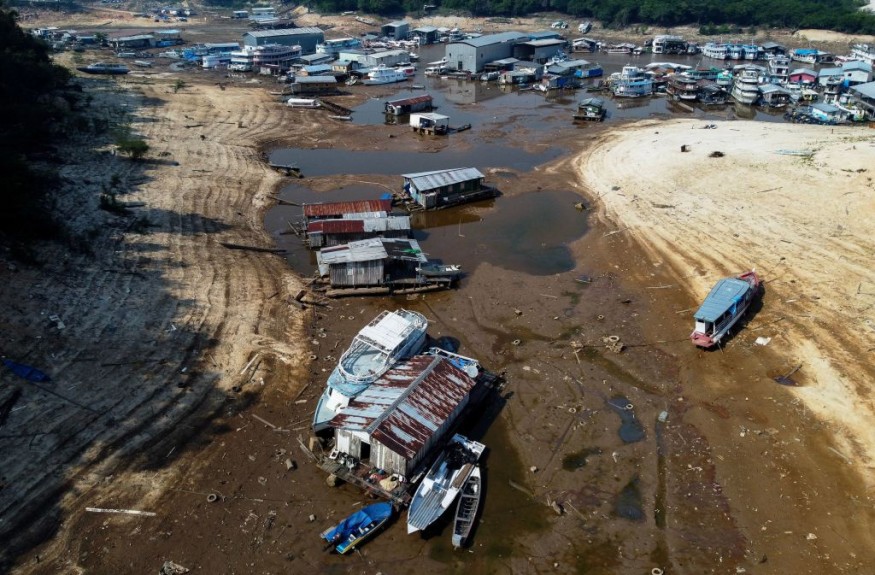A recent study found that river and stream recoveries could take up to 3.5 years. The researchers from the New UC Riverside analyzed the baseflow drought based on the over 350 locations in the country with 30 years of data.
The research findings were published in the Journal of Hydrology. Most researchers were focused on analyzing the impact of lack of rainfall in drought conditions.
However, the new report analyzed the baseflow drought in rivers and streams. Baseflow is a vital part of rivers and streamflow, especially since there is a lack of knowledge about the baseflow drought.
Recoveries in Rivers: Why Does It Matter?

Rivers and streams are vital to communities and ecosystems. It is home to different species, helping them to survive. However, the problem of water pollution has been a major problem in the United States that has caused alarming contamination.
In addition, the rivers in the US have also suffered from prolonged drought. The lack of rainfall, dry conditions and challenging heat worsen the drought, making it more devastating for farmers, animals and communities.
As a result, the researchers observed the baseflow drought in 358 anthropogenically unaffected locations in the US. Understanding the baseflow drought can provide new insights into water management and drought problems.
The researchers noted that rain was mostly used as a drought indicator. However, there are also other factors to consider in worsening drought issues.
They discovered the severe and prolonged baseflow drought exacerbated by climate change, making it more severe than precipitation drought. In the report, the researchers provided an example of Kansas streams which needed about 41 months to recover.
Meanwhile, the Arroyo Seco in California recovered after a year. The recovery could be slower than usual because it depends on post-drought climate conditions.
How Climate Change Affects Drought Conditions
Climate change can rapidly worsen drought, wildfires and hurricanes. The rapid intensification of extreme weather events can bring significant aftermath to communities, food security and ecosystems.
Heatwaves can become more challenging due to climate change. It impacts animals and humans. The hotter conditions can result in increasing consumption of water.
In addition, the soaring temperatures can unleash dry conditions that can make it harder for rivers and streams to recover. Meanwhile, prolonged drought is also linked to climate change. Drought can be more expansive and severe, affecting the soil moisture and water supplies.
Ultimately, the drought can push supplies to soar due to damage to the economy. Wildlife, plants and trees are also threatened, and most can likely die.
As a result, effective water management and plans are crucial to save rivers from further decline.
Related Article : California Drought: Prolonged Heat, Climate Change Causes 36 Million Trees to Die in 2022
For more similar stories, don't forget to follow Nature World News.
© 2025 NatureWorldNews.com All rights reserved. Do not reproduce without permission.





